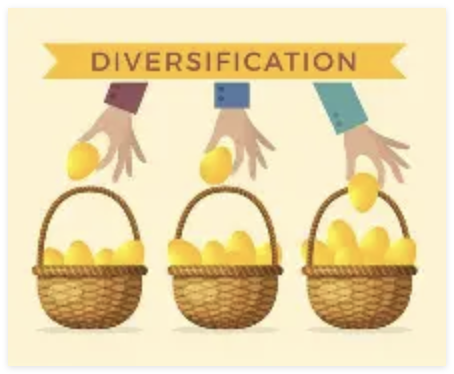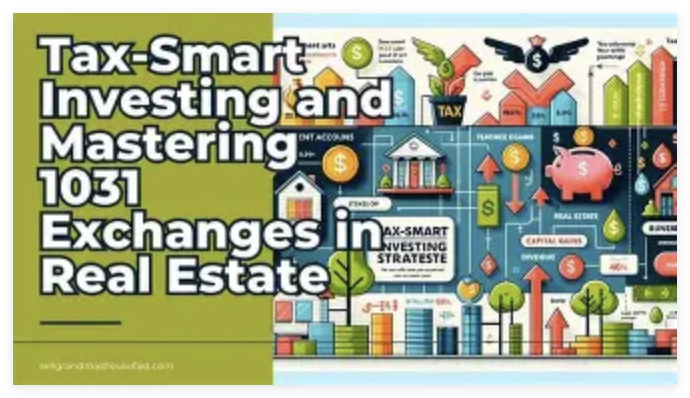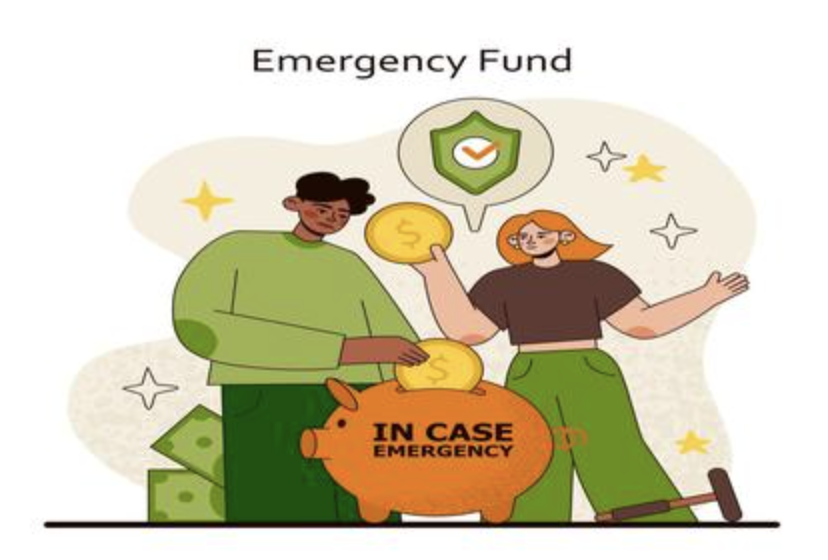High-net-worth individuals frequently overlook "circle assets"—exclusive opportunities that can only be accessed through elite networks. These assets encompass private equity investments in high-end startups, co-ownership of unique collectibles such as vintage wine collections and stakes in sports teams, or shares of luxury brands before their initial public offerings. In contrast to publicly traded stocks, they exhibit a low correlation with market fluctuations, providing distinct diversification benefits. Merging exclusivity with financial returns, these investments resonate with wealthy lifestyles while minimizing overall risk.

Liquidity Ladder: Tiered Stability
Avoid the random blending of liquid and illiquid assets by creating a "liquidity ladder." Level 1: Allocate 10-15% into short-term government securities or high-yield cash for unexpected luxury expenses or emergencies. Level 2: Designate 20-25% for marketable securities, such as hedged funds or blue-chip stocks, targeting 2-5 year financial goals. Level 3: Invest 40-50% into illiquid assets, including private real estate, art, and venture capital, intended for long-term appreciation. Level 4: Reserve 10-15% for "legacy assets," such as family trusts and rare collectibles, to ensure wealth for future generations. This framework provides a mix of stability and significant returns.
Contrarian Tilting: Sector Insight
Where most investors pursue trending sectors, wealthy asset managers focus on undervalued markets relevant to their consumption habits. When luxury retail stocks decline while demand remains resilient, increase your investment in that sector. If technology stocks rise substantially, pivot toward business-to-business companies that cater to luxury needs, such as those developing AI for personalized fashion solutions. Integrating your investments with what you know decreases the element of speculation and takes advantage of market misjudgments.

Lifestyle Hedges: Passion as Protection
Leverage assets you enjoy as a form of risk protection. Owning a vineyard can provide income, appreciate over time, and help hedge against increases in luxury wine or travel costs. Profits from a boutique hotel can finance your own accommodations while offering diversification away from stocks. These "lifestyle hedges" transform personal interests into effective risk management strategies, creating an intentional feel rather than a mechanical one. They maintain their worth during economic downturns, as high-end experiences continue to be sought after.
Trigger Rebalancing: Responsive Moves
Move away from predetermined rebalancing schedules and adopt a system of "trigger points." If your private equity investments exceed 30% of your portfolio, reduce that percentage to reinvest in undervalued artwork. Should your cash holdings fall under 10%, consider selling a portion of your watch collection. This approach helps prevent excessive concentration in successful investments while ensuring that you purchase underperforming assets at lower prices. Busy high-income earners can set up alerts with their wealth managers to automate these adjustments.
Alternative Income: Beyond Dividends
Enhance your returns by exploring income sources beyond dividends. Rent out unused luxury vacation properties through exclusive rental platforms. Lease rare vehicles for use in movies or events. Provide secured loans against artwork, yielding low-risk, high-return opportunities. These income streams enhance cash flow while decreasing reliance on the stock market, offering a smoother return profile during periods of volatility.

Tax-Smart Locating: Hidden Gains
Position tax-inefficient assets, like bonds and REITs, within Individual Retirement Accounts or trusts. Retain tax-efficient investments including long-term stocks and art in taxable accounts to take advantage of lower capital gains taxes. Utilize tax-hedged funds for international investments to evade double taxation. This strategy can add an additional 1-2% in annual returns for sizable portfolios, yielding substantial benefits without incurring extra risk.


